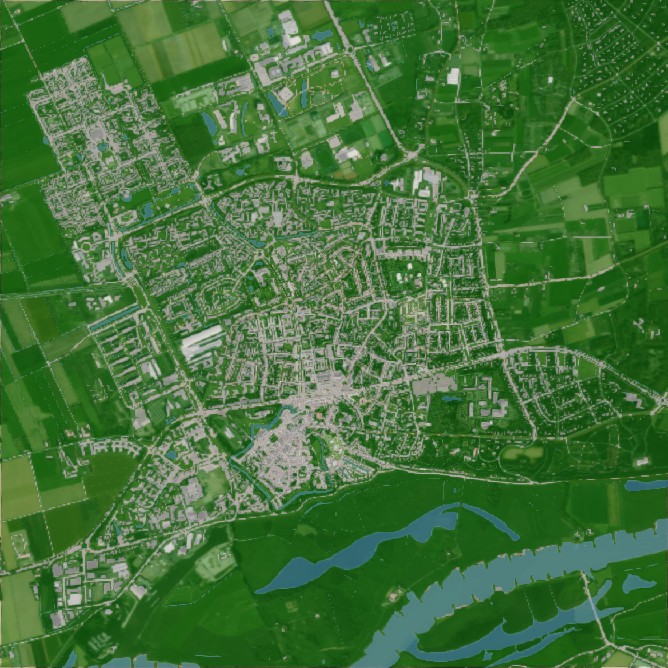Bowen ratio result type (Heat Overlay): Difference between revisions
Jump to navigation
Jump to search
mNo edit summary |
mNo edit summary |
||
| Line 14: | Line 14: | ||
[[File:Wageningen_BowenRatio-01.jpg|350px|thumb|right|Bowen ratio result type overlay (Wageningen)]] | [[File:Wageningen_BowenRatio-01.jpg|350px|thumb|right|Bowen ratio result type overlay (Wageningen)]] | ||
The Bowen ratio is | The Bowen ratio is a property of a surface, specifically the ratio between two types of heat transfer (sensible heat and latent heat). The wetter the surface, the lower the ratio. | ||
==Notes== | ==Notes== | ||
Revision as of 10:15, 16 December 2019
| Image | Result type | Unit | Display mode | Description |
|---|---|---|---|---|
| BOWEN RATIO | ratio | Date-Time | The Bowen ratio of buildings and terrains. Is used to describe the type of heat transfer for a surface that has moisture. |
The Bowen ratio is a property of a surface, specifically the ratio between two types of heat transfer (sensible heat and latent heat). The wetter the surface, the lower the ratio.
Notes
- DPRA Heat stress report uses only two possible values for the Bowen ratio: 0.4 and 3.0.
- Terrains such as grassland and functions such as trees and vegetation generally have a ratio of 0.4.
- Water is special in the sense that during the day the ratio is 0.4 and at night the ratio is 3.0.
- The other functions and terrains have a Bowen ratio of 3.0
See also
- Bowen ratio (Heat Overlay)
- Wikipedia on ratio





